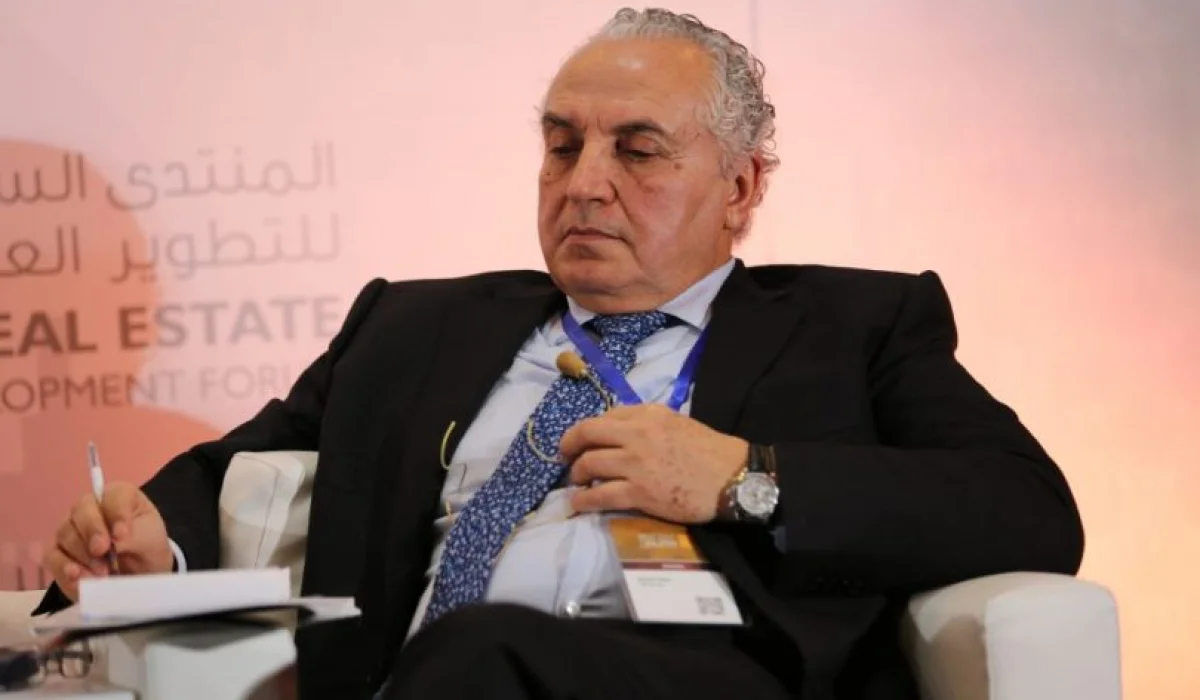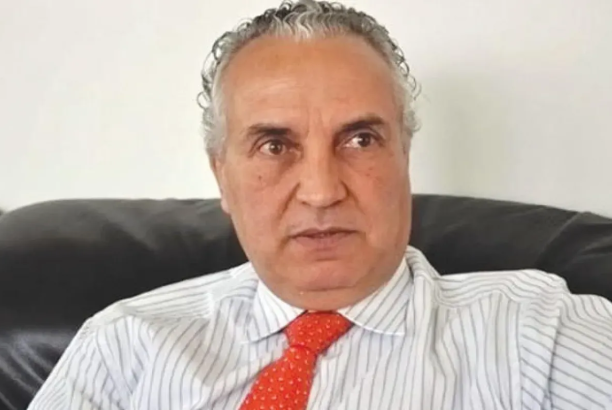
| News
Exclusive: Hosni Bey: “Oil Remains the Lifeline of Libya’s Economy, Central Bank Governor’s Concerns Are Justified”
Libyan businessman Hosni Bay told our source exclusively that oil continues to be the lifeblood of Libya’s economy, accounting for around 65% of GDP, 97% of total exports, and 93% of public revenues that fund the state’s growing government expenditures.
He explained that Libya’s total public spending in local currency amounts to about 132 billion LYD net, after deducting 75 billion LYD for fuel, equivalent to at least $12 billion USD. The breakdown of local currency spending is as follows:
- 70 billion LYD for salaries and wages
- 14 billion LYD for operating budgets
- 18 billion LYD for child, women, and girls allowances, medical supplies, and environmental and water sectors
- 30 billion LYD for development projects in oil, electricity, and infrastructure
Bay emphasized that 93% of government revenues are collected in US dollars from oil and gas sales, while expenditures are in Libyan dinars. This requires the government and the Central Bank of Libya to buy at least 132 billion LYD from the local money supply in exchange for around 20 billion USD to cover financial obligations, meaning most of the public spending relies on dollars purchased through commercial banks.
He warned that the governor’s concerns are justified: if oil prices fall below $53 per barrel, Libya could lose around 20% of dollar revenues, reducing the government’s ability to buy dinars and potentially creating a major fiscal deficit, inflation, depreciation of the dinar, or even economic collapse if public spending is not properly controlled.
Bay noted that the real problem is not only oil price volatility but also uncontrolled public spending. He added that Libya’s foreign reserves of over $80 billion USD and 19 billion LYD in gold (totaling $99 billion) serve as a safeguard against crises, not a resource to be misused.
He clarified that fuel spending remains balanced, as fuel costs represent about 33% of total production and are matched by consumption, meaning price fluctuations from $50 to $150 per barrel have limited financial impact.
In conclusion, Bay stressed that Libya can theoretically sustain expenditures for four years without oil. The real threat lies in power struggles outside electoral processes or the resumption of armed conflicts driven by ideological, regional, or tribal divisions, which hinder development and stability.
He affirmed that Libya can rise if efforts are unified and the voice of the nation prevails over divisions, a principle stronger than the voice of weapons.





